International Women’s Day is observed around the world on March 8th, including Poland, where ‘Dzień Kobiet’ (Women's Day) has a long history and was even a public holiday for many decades.
A day for expressing love and gratitude towards the women around us, Women’s Day is also an opportunity to celebrate the achievements of women in society, raise awareness and take action on a range of women’s rights issues, including gender equality, reproductive rights, and domestic abuse. Poland’s Dzień Kobiet celebrations have traditionally focussed on the flowers and chocolates of the former, and are only now beginning to confront the broader challenges women face in a country that still has some distance to go on women’s issues.
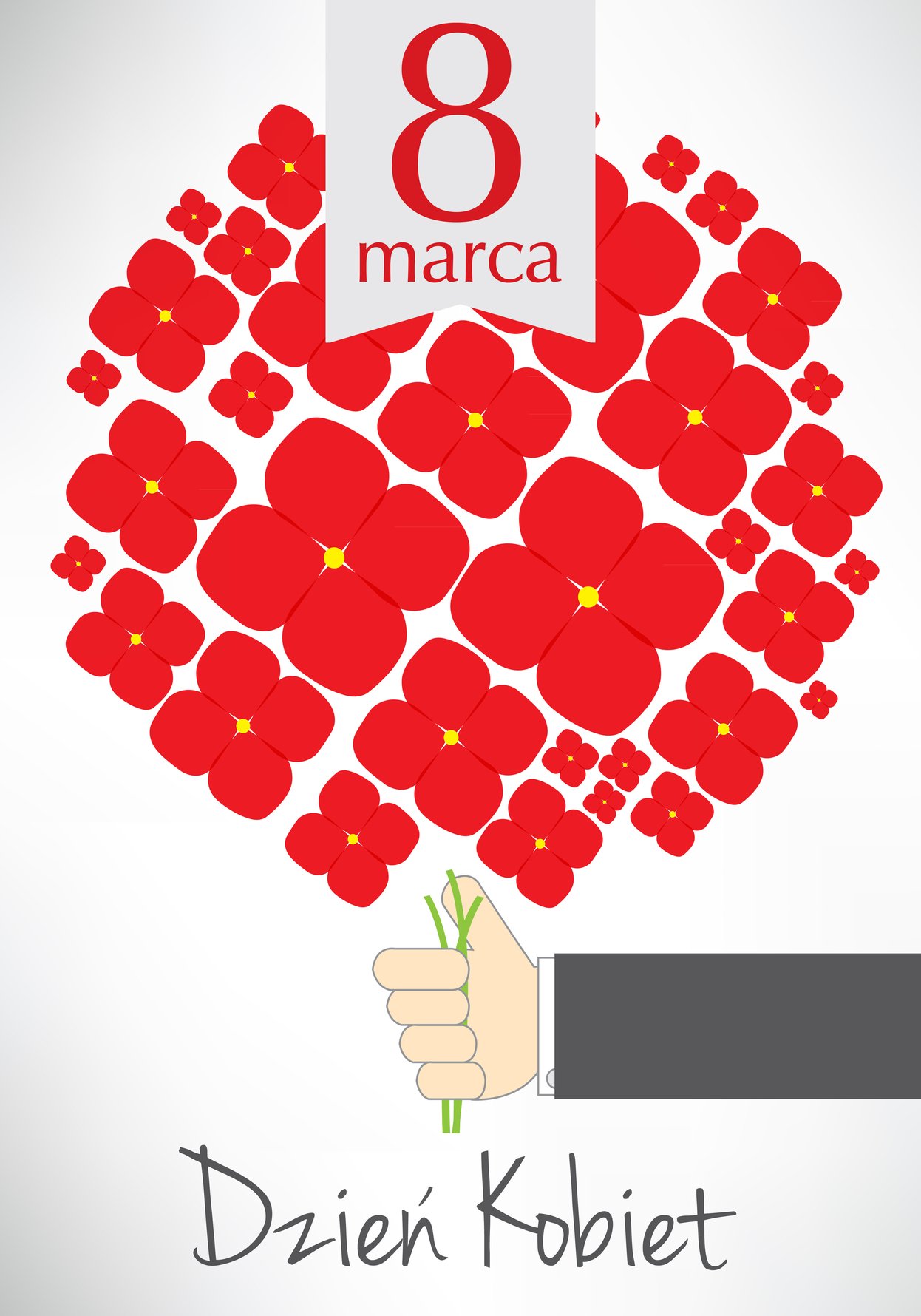
|
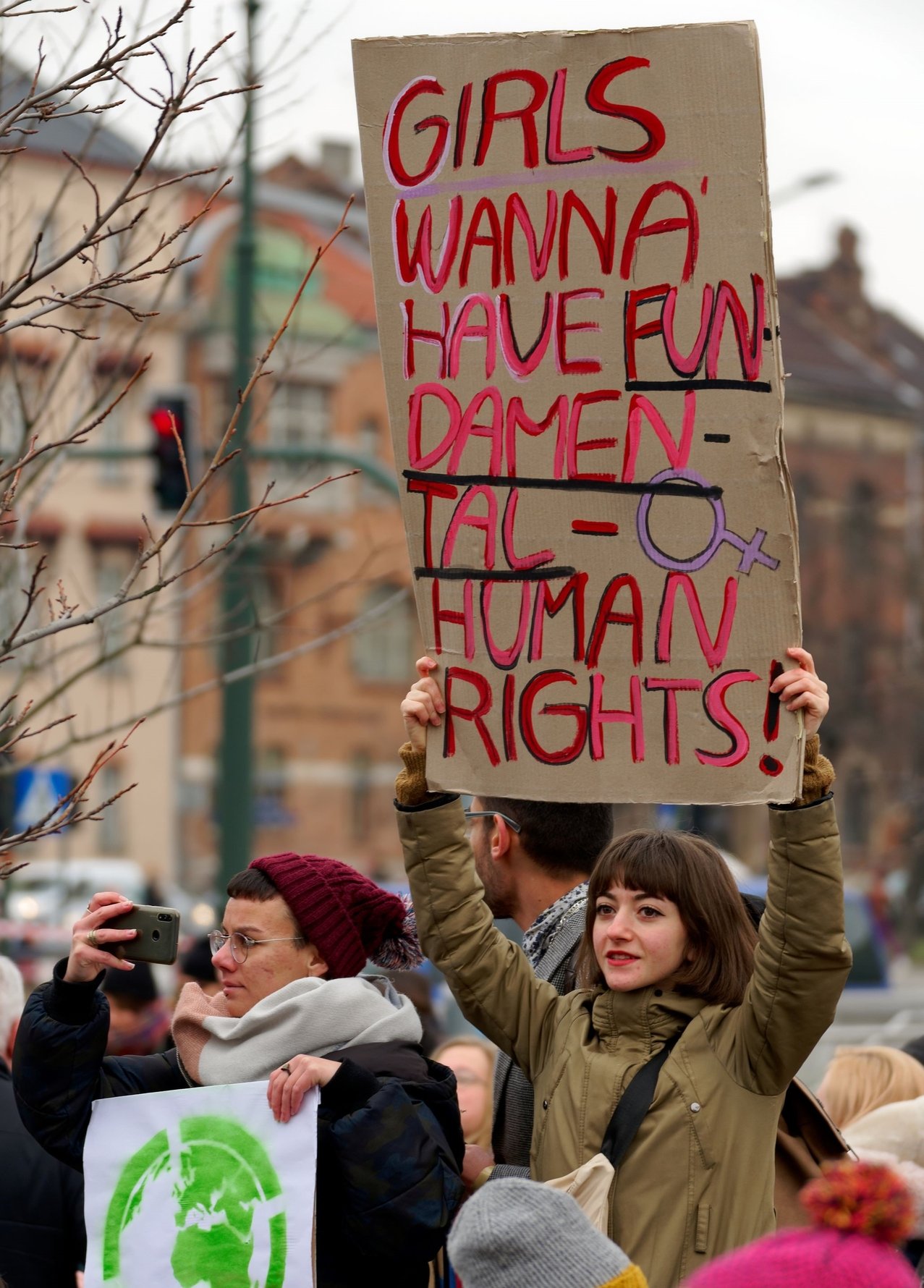
|
The History of International Women’s Day
Today a celebration of womanhood most associated with progressive democratic societies (and virtue-signalling corporations), Women’s Day actually has its roots in socialism. The first Women’s Day celebration was organised in New York City on February 29, 1909 by the Socialist Party of America. Soon after, at the International Socialist Women’s Conference, organised in August 1910 in Copenhagen, the establishment of International Women’s Day (IWD) was adopted by unanimous vote. Though no specific date was set, the following year saw the first commemorations of IWD in many European countries, including Germany, Austria, Switzerland, Hungary and Denmark, in March 1911. The socialist movements behind these Women’s Day demonstrations had one primary focus at that time - women’s suffrage, or gaining the right to vote in elections for all women.
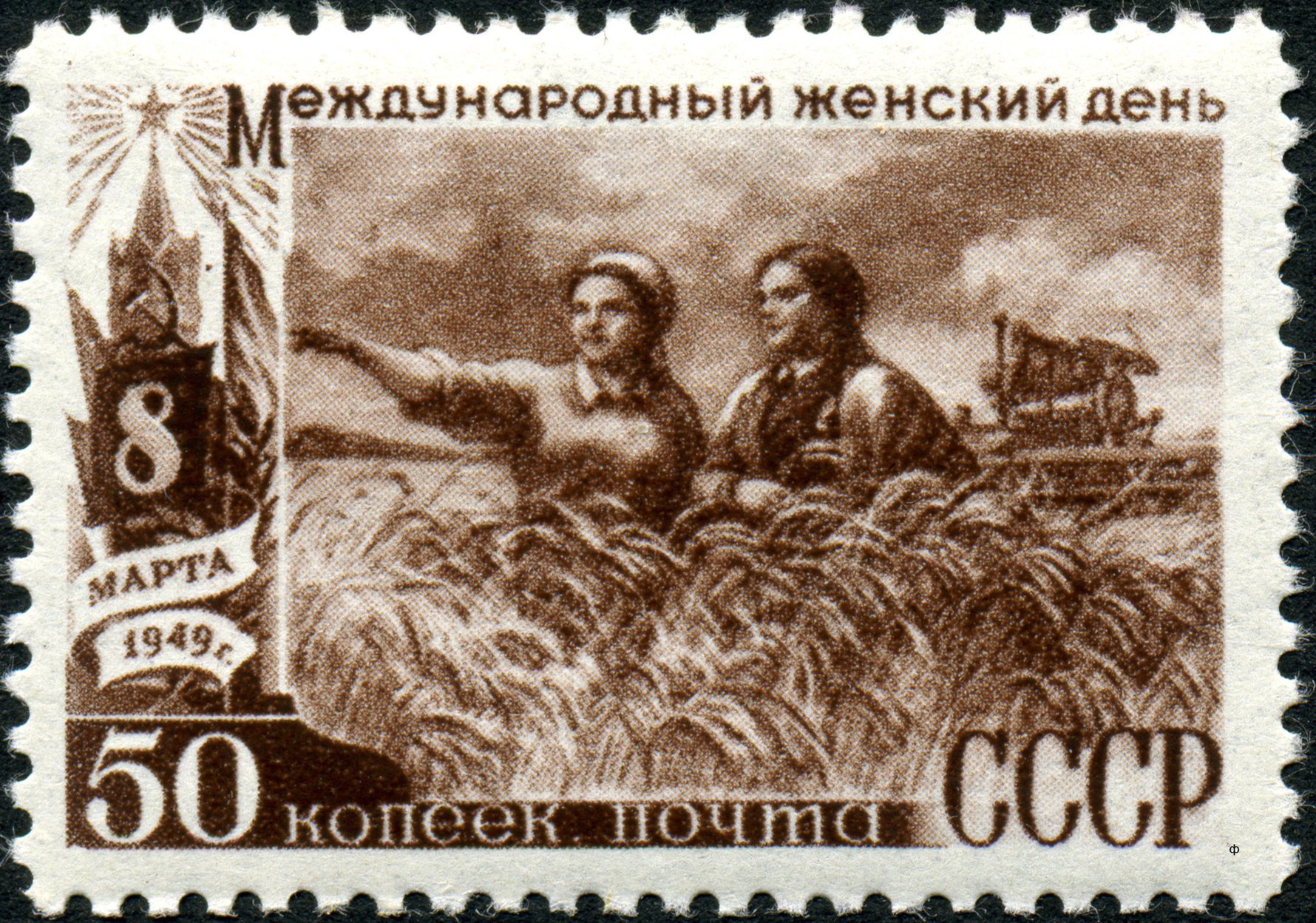
In 1975 the United Nations also officially adopted March 8th as International Women’s Day and today the date is celebrated globally with annual themes, hashtags and corporate initiatives. In the United States, Women’s Day grew into Women’s History Week, and since 1987 March has been observed as Women’s History Month in many countries, particularly the USA, UK and Australia.
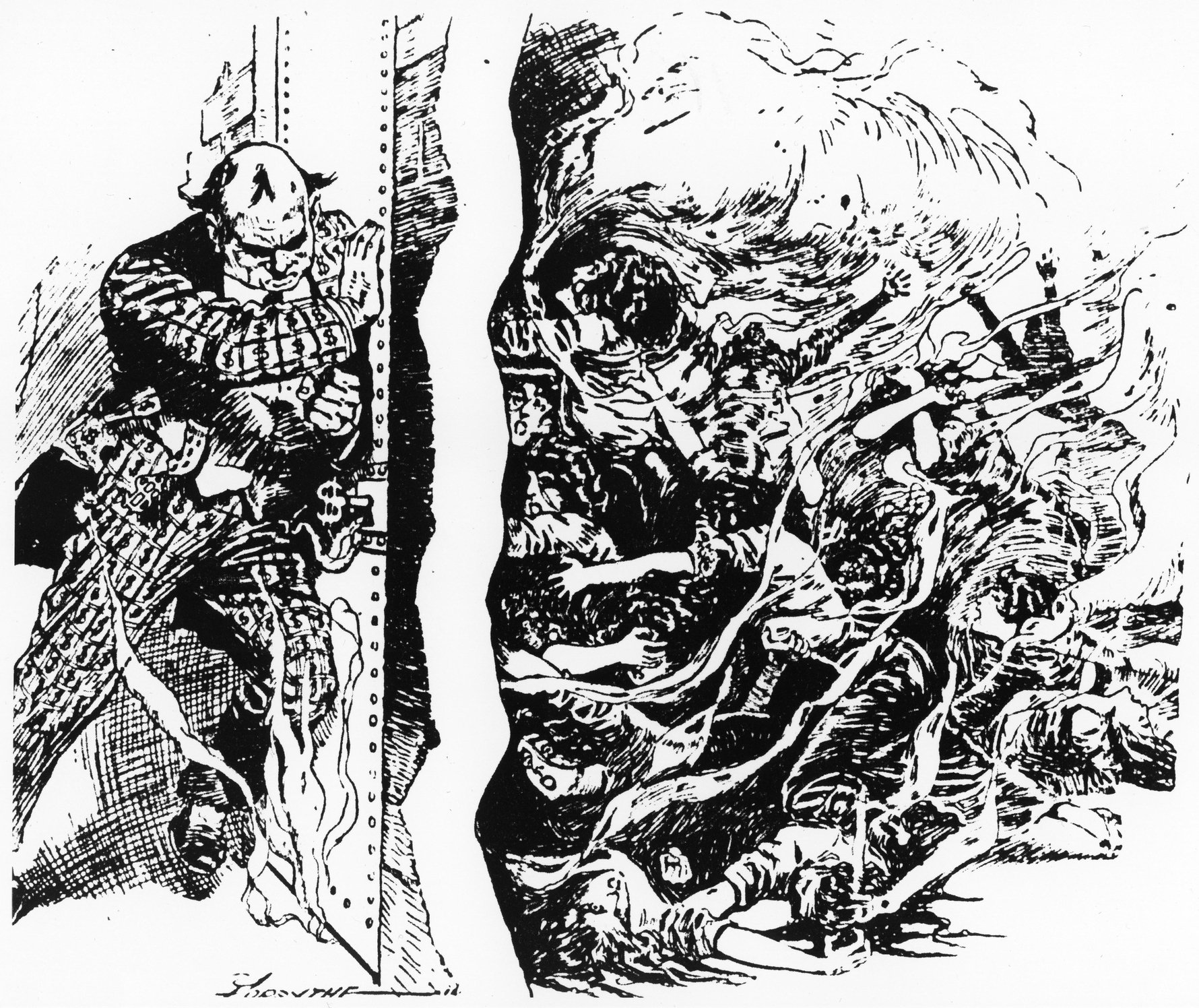
Women’s Day in Poland
The first Women’s Day celebrations in Poland date back to the interwar period - a time when the role of women was primarily in the home, raising children and running the household. During this period the archetype of ‘Matka Polka’ - the ideal ‘Polish Mother’ raising her children to love their country and fight for its freedom (often while their husbands were off doing exactly that) - was a strong social myth. ‘Matka Polka’ was a heroic figure ready to make sacrifices for her nation, and remaining faithful to the Polish language and culture. There was also a strong Catholic element to this social myth, with an inherent equivalence between ‘Matka Polka’ and ‘Matka Boska’ - the Holy Mother.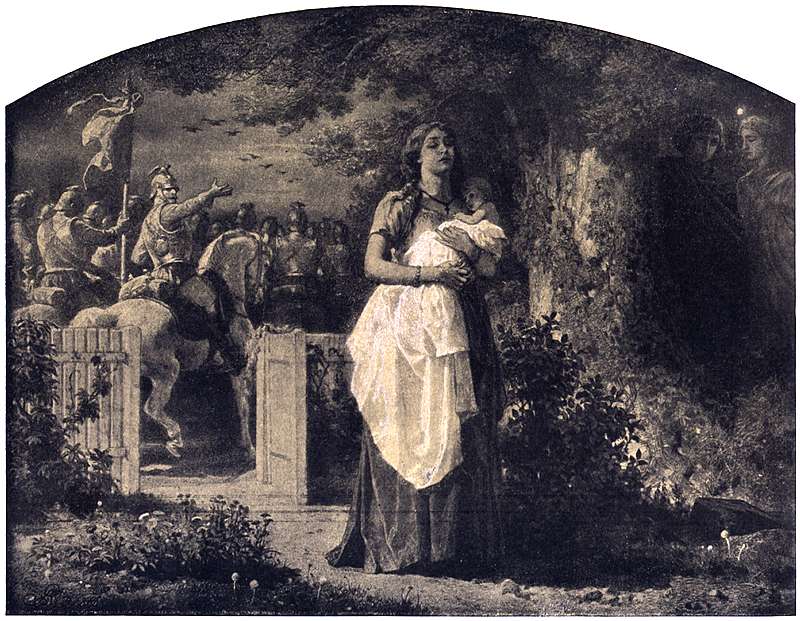
As socialist movements around the world were fighting for women’s suffrage in the early 20th century, Poland was no different. In fact, the strong activity of Polish feminists helped the suffrage movement succeed as early as 1918, making Poland one of the first countries in Europe to give women the right to vote.
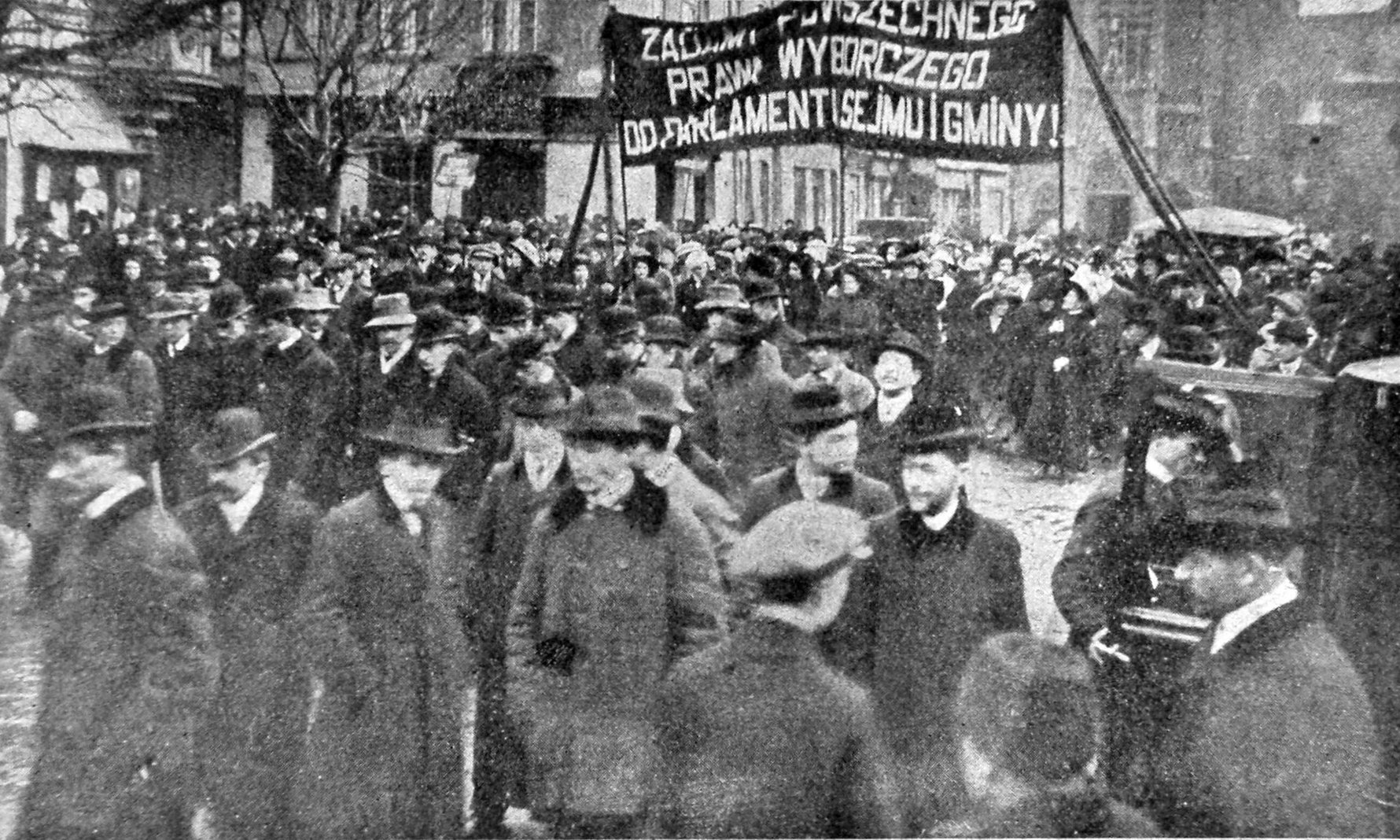
Women’s Day really came to prominence, however, during the time of the Polish People’s Republic (PRL), and is still most associated with the communist era in Poland today. As was the case in the USSR, ‘Dzień Kobiet’ was an official public holiday during the communist era in Poland, but it was not a day off work. On this day men were expected to give well wishes and small gifts to the women in their lives, and the celebrations largely took place in the workplace with food and vodka. In addition to family members it was customary for men to greet women in shops and even strangers on the street with wishes, and to give female colleagues flowers or other tokens of appreciation, particularly items that were difficult to acquire under communism like nylon tights, coffee and chocolate.

In the post-PRL era (since 1989), Women’s Day is still celebrated, but no longer an official state holiday. Over the decades it has become increasingly commercialised, and now features special sales, promotions and discounts aimed at ladies, encouraging them to pamper themselves with spa packages or get together for a big night out on the town. For some men it’s not unlike another Valentine’s Day (just three weeks later), with pressure to spoil their partners in some special way. At the same time, Women’s Day still adheres to the chivalrous traditions of yesteryear, with men expected to give flowers, open doors and bestow wishes upon the women around them.
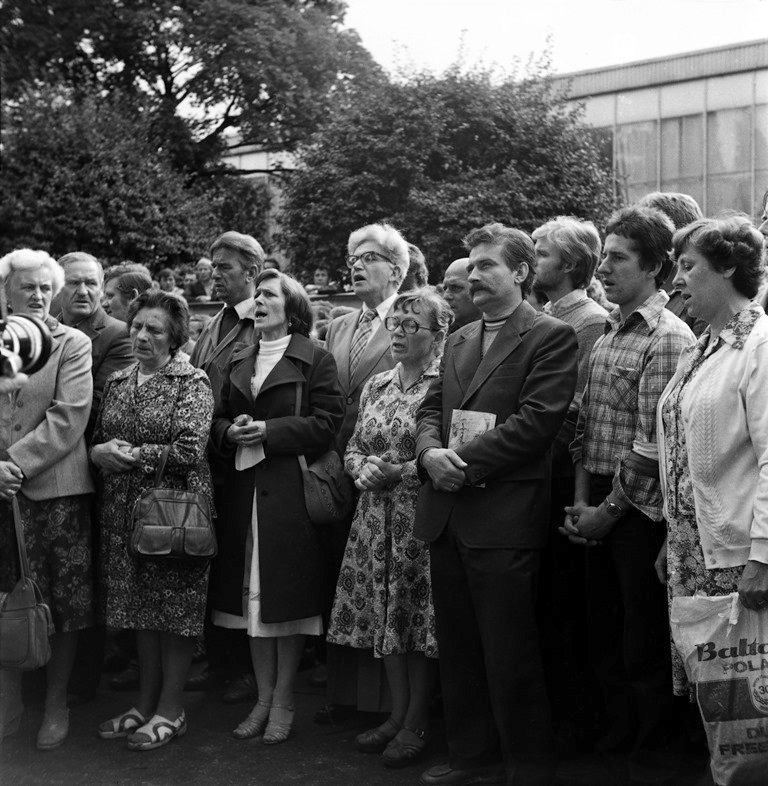
Celebrating Polish Women
Although it’s been largely men that write the history books, Polish women have obviously played a huge role in shaping Polish society. However, it hasn’t all been the suffering and sacrifice that the Matka Polka stereotype suggests. Polish women have been leaders and revolutionaries, literary giants and artistic geniuses, scientific innovators, entrepreneurs and world-class athletes. It was a Polish woman, Maria Skłodowska-Curie, who was the first woman awarded the Nobel Prize, and remains the only woman to have won it twice - a feat which she accomplished in two separate fields of study. In the spirit of Women’s Day, we’ve made a list of just some of the extraordinary Polish women who deserve to be celebrated for their influence and accomplishments, and you’ll find more Herstories across our website.Read The Power of Polish Women: 12 Polish Women Worth Celebrating.
Challenges Facing Polish Women Today
As society celebrates women each March 8th, it is important to acknowledge not just the challenges they have faced in years past, but also the challenges they still face today. Polish women have particularly suffered throughout a history of occupations, revolutions, wars, genocides and oppressive regimes. Although the 21st century has been a period of relative peace and prosperity for Poland, women continue to face an uphill battle for equality in Polish society.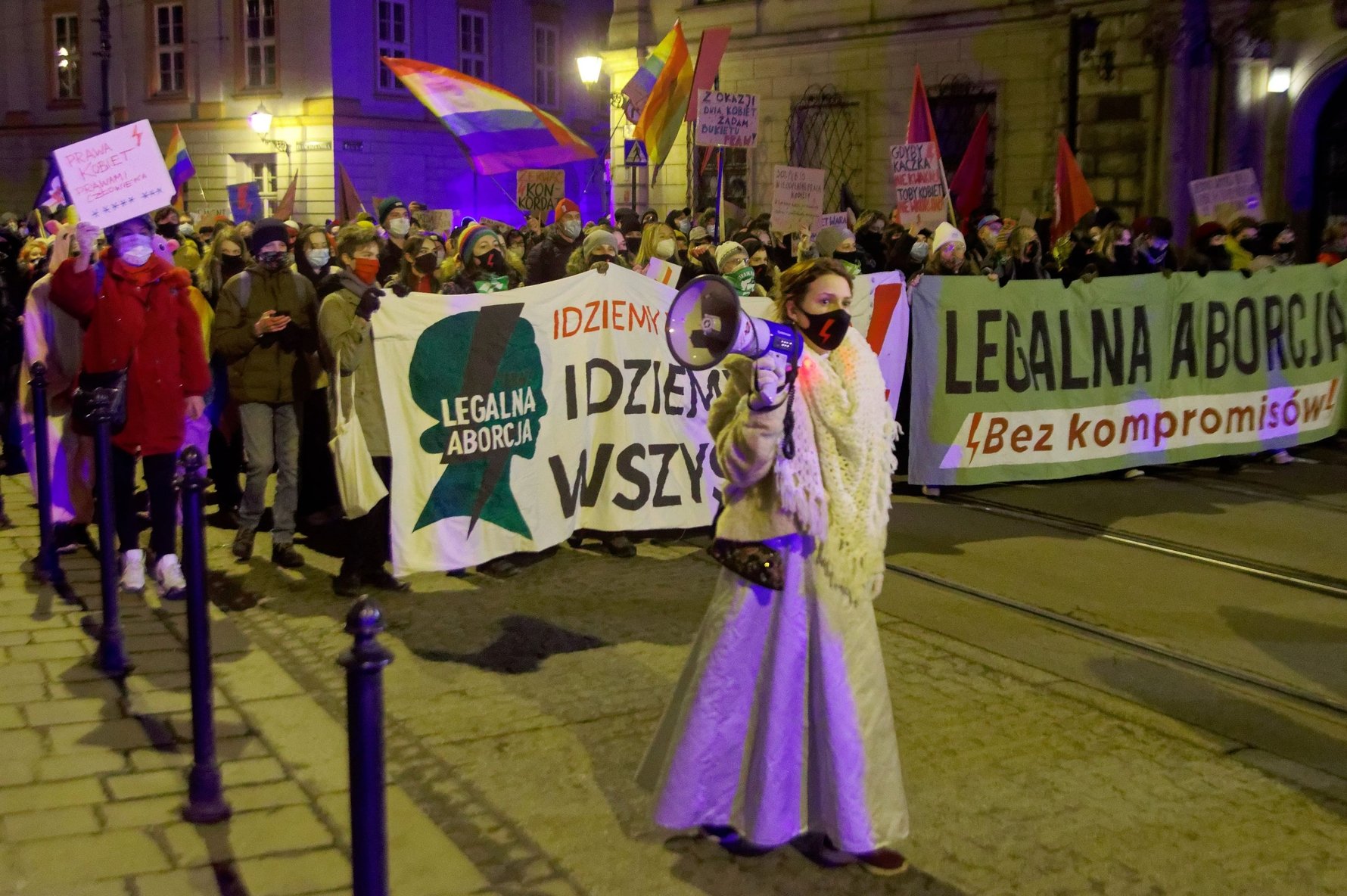
In 2015, the Law & Justice political party (Prawo i Sprawiedliwość, or PiS) rose to power in Poland on a right-wing populist platform that did much to perpetuate gender inequality, even going so far as to denigrate women in both official comments and behind the scenes. In 2020 PiS passed one of the most restrictive abortion laws in Europe, leaving Polish women without fundamental reproductive rights and putting their lives in danger in some cases. The new abortion laws incited massive protests and demonstrations across the country during the COVID-19 pandemic. Although these protests failed to force the government to change the law, Polish women - who make up 52% of the population today - succeeded in voting PiS out of power in the 2023 election, proving once again that they are a force to be reckoned with and capable of overcoming adversity through a variety of means. Legislative change should soon follow in 2024.
Where Polish Women’s Day Falls Short
While gifts and flowers are certainly a nice, appreciated gesture on Women’s Day, what about actually empowering women and improving their situation and position in society?In Poland, Women’s Day should not just be a one-day occasion to thank the women around us with small gifts and gestures, but could also serve as a catalyst for further discussion about women’s rights in Poland. More in line with much of the west, Women’s Month could be an opportunity to educate, inspire and motivate all of Polish society to stand against sex-based discrimination, fight unfair salary disparity, demand change to legislation that infringes on women’s rights and endangers their well-being and take up other causes for women. The month of March could be a time to not just celebrate the current station of women in Polish society, but take steps to improve it. To not just give flowers, but plant the seeds that will grow and bloom into the next generation of strong, confident, equal and enabled Polish women.
Maybe this is the year?


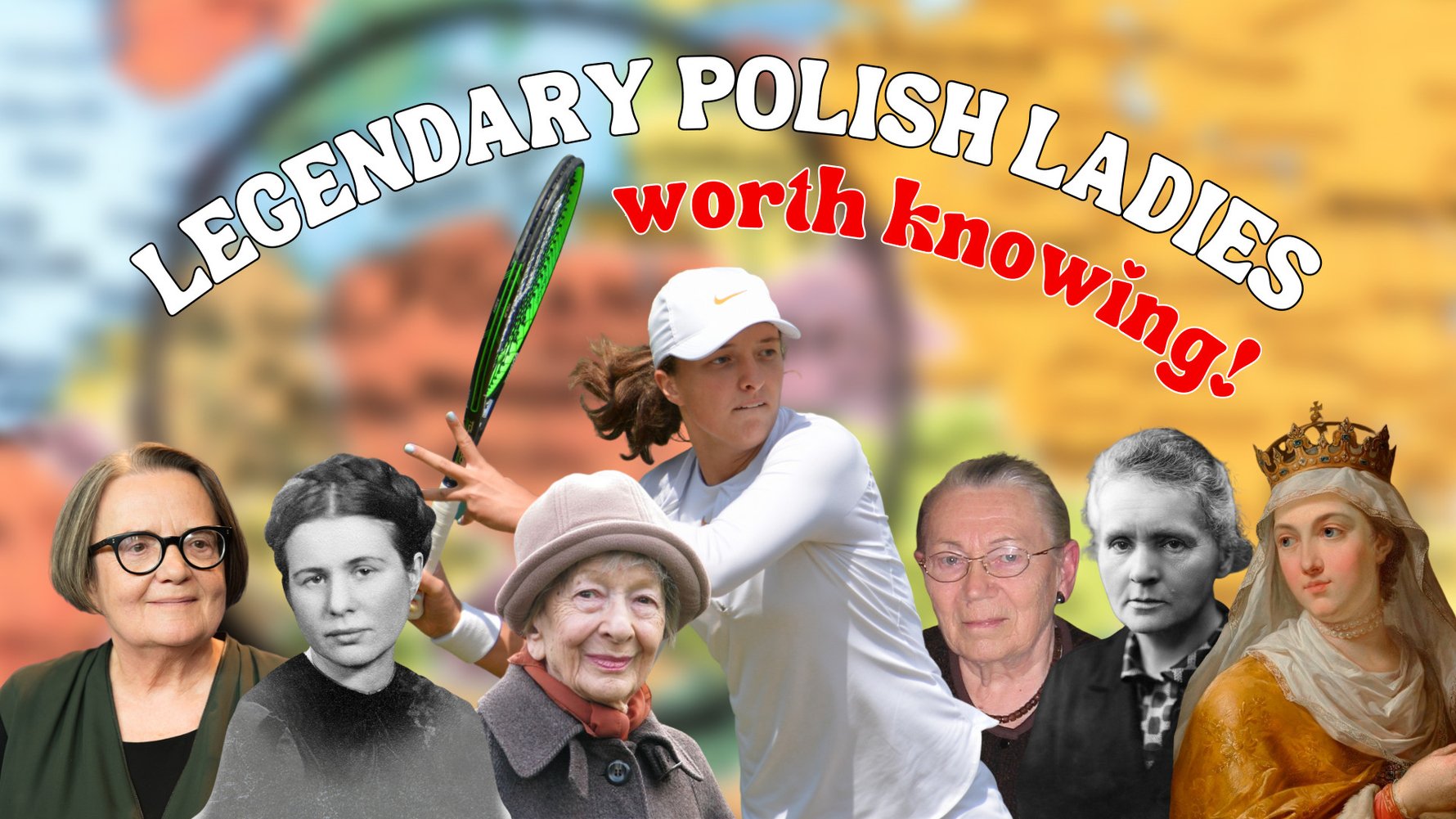



Comments